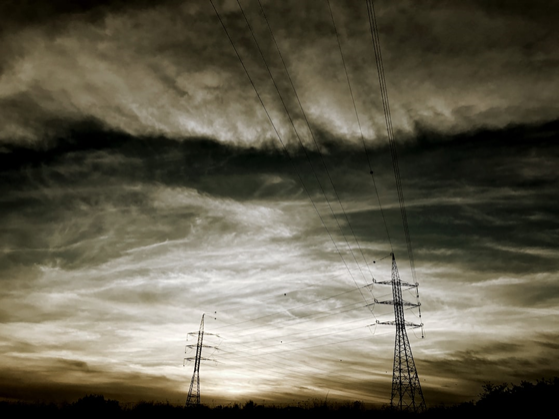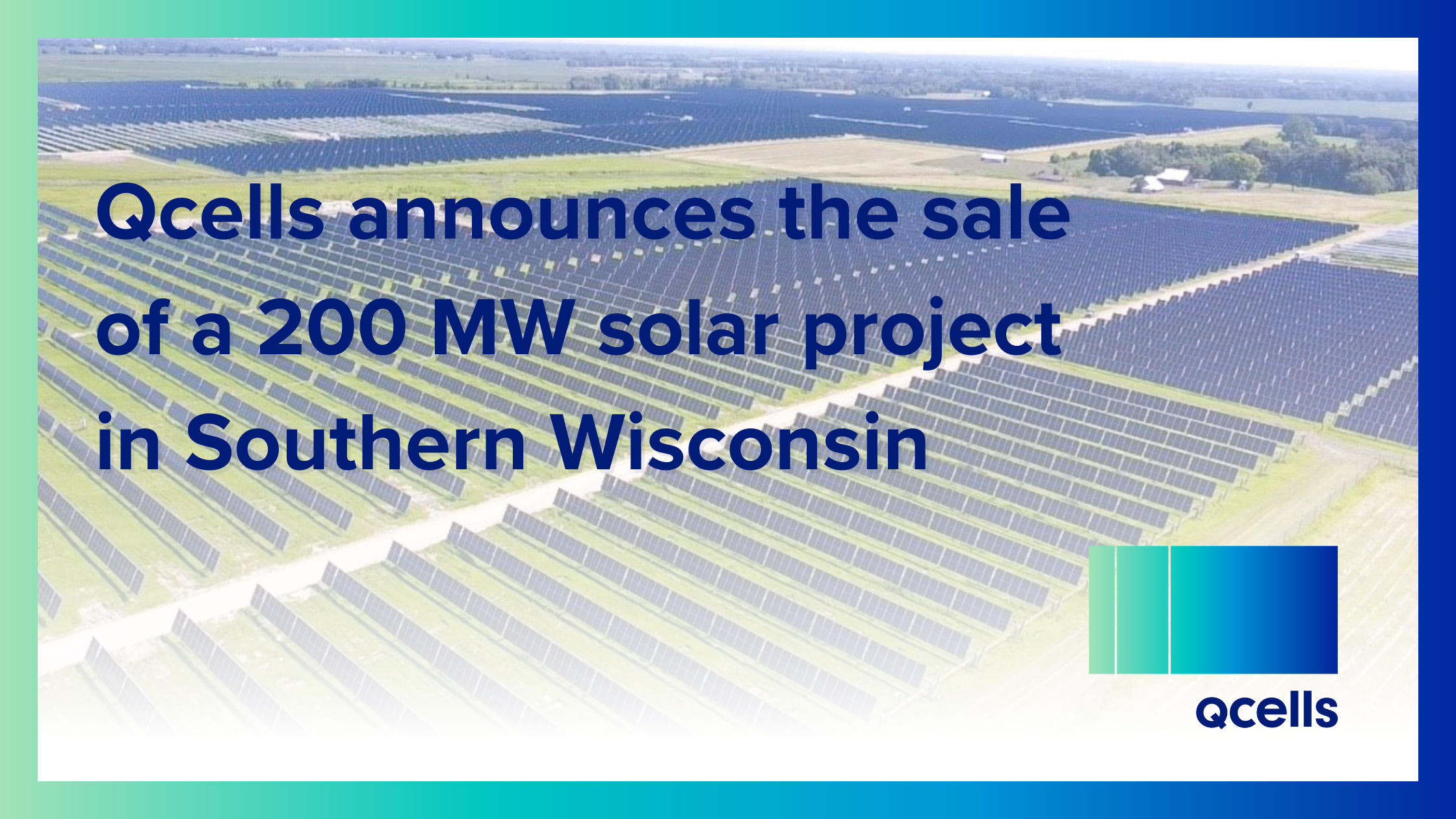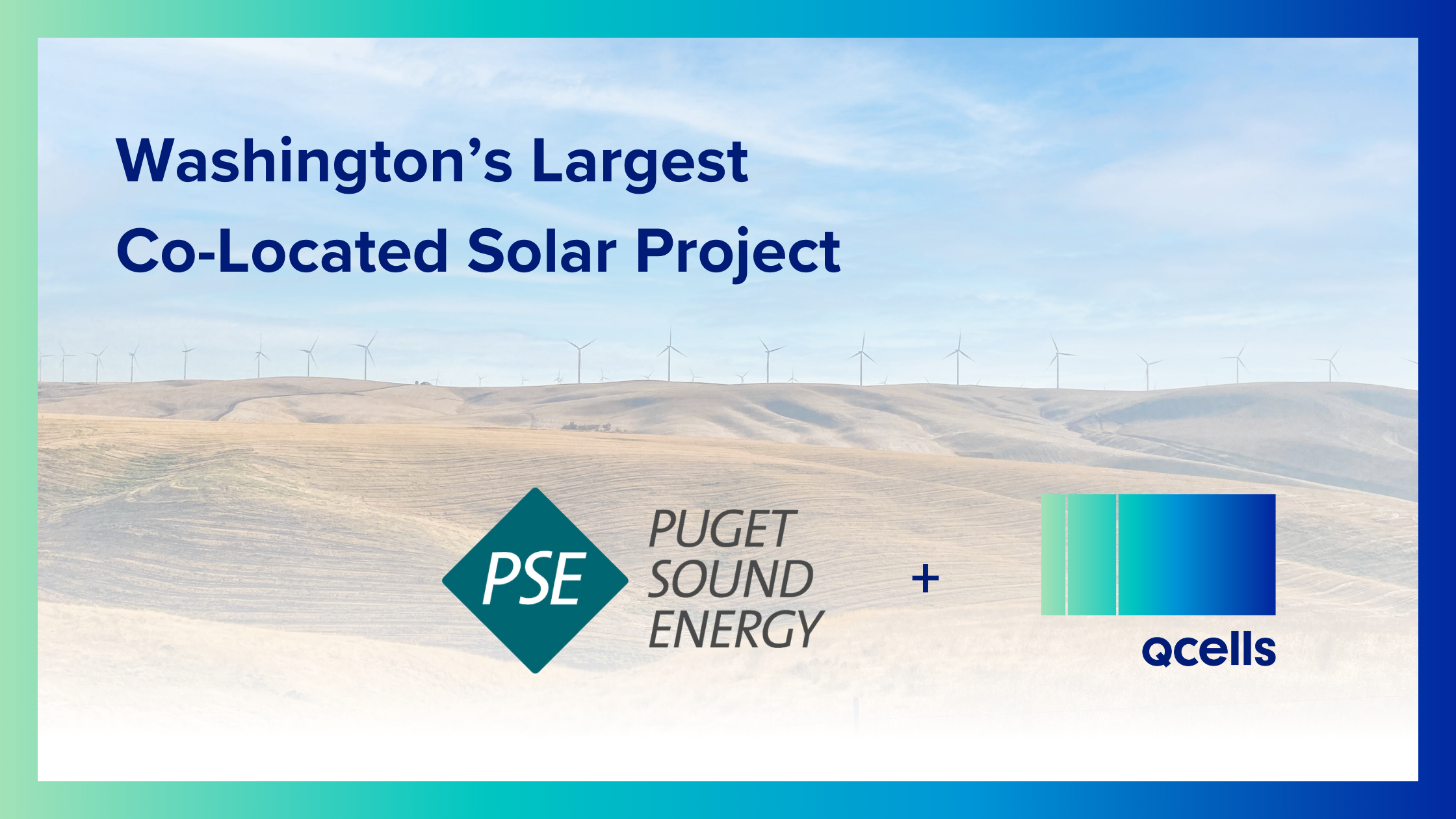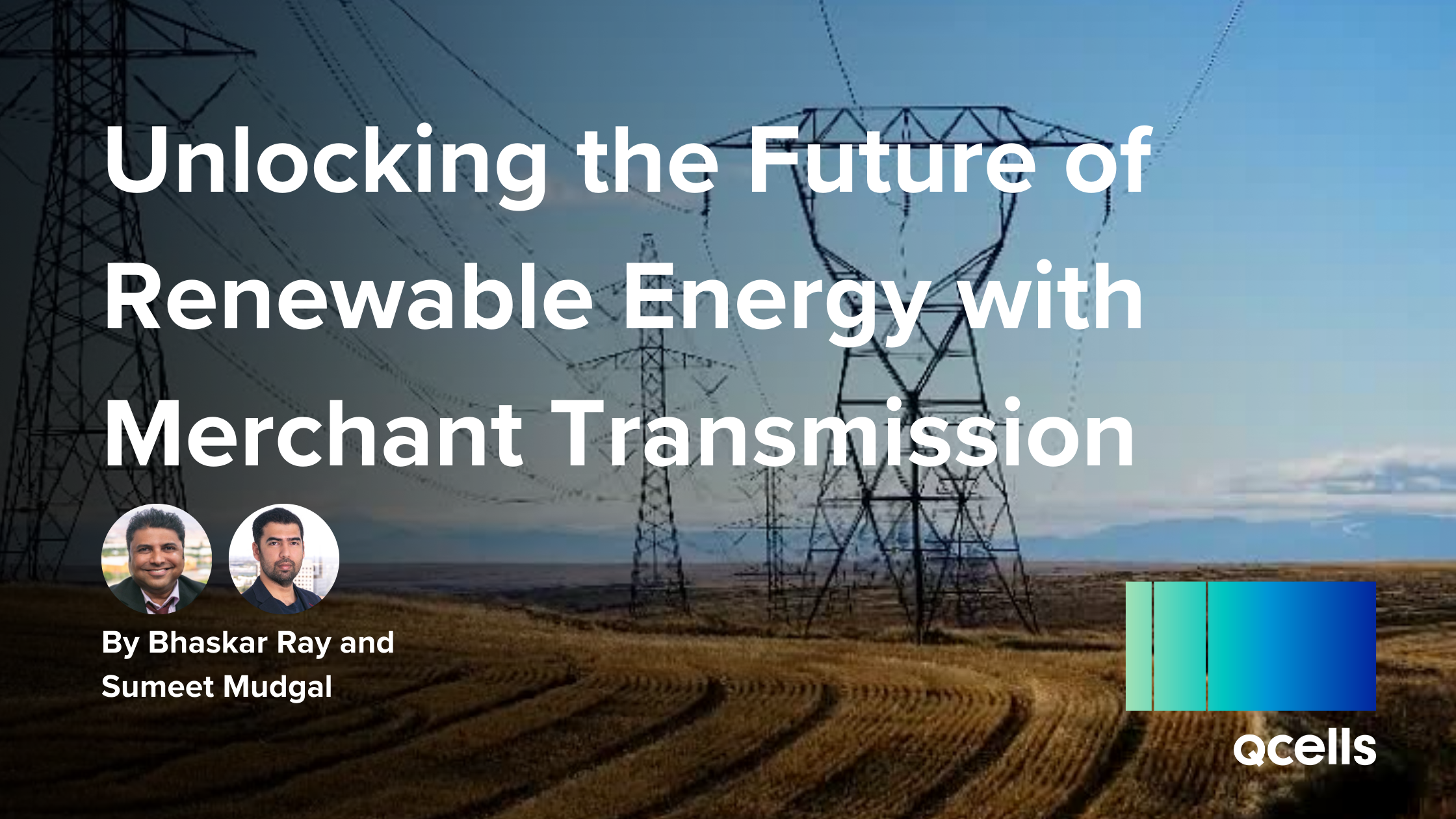Did you know that power outages such as blackouts and brownouts have increased by 64% since the early 2000s? Or that weather-related outages brought on by the climate crisis have increased by 78%? Renewable energy sources such as solar power prevent these events from happening and impacting individuals and businesses. That’s because they provide increased grid reliability, decentralized power generation, and many other benefits. You’ll learn more about the role renewable energy plays in reducing outages below.
Switching to Solar Power
Power outages are expensive. Some of the costs that occur when the lights go out include lost output, delayed production, damage to the grid, and spoiled inventory. Using solar power won’t prevent outages from happening. However, they can continue to provide consumers with energy during downtime, which reduces frustration.
Solar is an awesome energy source when used on its own. However, storing solar power in a battery energy storage system (BESS) can be even more effective during a blackout or brownout. These systems release power when people need it most.
Companies like Qcells can help utility companies and corporate power buyers access clean solutions like solar panels, battery storage, and a stabilized grid and positively contribute to America’s energy future.
Improving Grid Flexibility
Grid flexibility refers to enhancing the power grid so it functions more efficiently. A more flexible grid incorporating renewable energy can manage changes in the supply and demand of electricity and provide more stability, reducing the likelihood of blackouts and brownouts.
You can improve the flexibility of the grid in several ways. Smart inverters, for example, manage voltage and frequency regulation, which optimizes grid stability. Investing in battery energy storage systems, meanwhile, improves the storage of power at scale.
Using Microgrids
Microgrids are local energy systems that operate independently of the power grid or function alongside it. They generate renewable electricity from solar, biomass, and other localized energy sources, providing power to households and businesses when the main grid experiences outages. That allows for the continuous flow of power in a network during adverse weather events, grid maintenance, high periods of electricity demand, and other events that trigger blackouts and brownouts.
Microgrids proved useful during a record-breaking storm in February 2021 that left 4.5 million homes and businesses without power in Texas. A water treatment facility that ran one of these systems during the storm eased the strain on the local grid and ensured people had access to water. The facility ran its systems in low management mode for 13 hours and generated 20MWh of power.
Reducing Fossil Fuel Dependence
In 2021, oil, coal, natural gas, and other fossil fuels made up 82% of all energy consumed. However, power generation from solar panels increased by a massive 270 TWh in 2022. That’s a 26% rise from 2021.
Continuing to rely on conventional energy means nitrogen oxides will eventually destroy the atmosphere and irreversibly impact the environment. So what’s the solution to this problem? One idea is to invest in renewable energy. Solar power reduces greenhouse gas emissions in the atmosphere and improves air pollution, leading to a healthier planet.
Making the switch to renewable energy is a much better idea than using fossil fuels. Solar and other alternative power sources lower the demand for coal and natural gas and bring the cost of these materials down. Reducing fossil fuel dependence can also improve a company’s reputation, especially when 78% of American consumers value sustainability.
Battery Storage Solutions
Battery energy storage systems are charged by electricity that comes from renewable energy. These solutions ensure homes and businesses receive power during grid outages and when solar systems don’t work. Examples include flow batteries, compressed air energy storage, and mechanical gravity energy storage.
The best storage systems keep energy following during blackouts and brownouts by using the latest algorithms. That helps systems manage energy production and determine whether to store electricity or send it back to the grid. Storage solutions can also release energy when electricity demand is high, significantly reducing costs for consumers.
Takeaway
Transitioning from conventional power sources to renewables reduces blackouts and brownouts from happening, resulting in a more reliable and sustainable grid. Integrating solar into the power system, for example, can reduce costs from outages such as lost output and spoiled inventory. This approach also ensures homes and businesses receive the power they need during adverse weather and periods of peak demand. BESS systems also enable you to store solar energy and use it during an outage.
Qcells provides a comprehensive range of energy solutions for a more sustainable future. It expands electricity generation capacity, helping utility companies and corporate power buyers reach their clean energy targets and provide higher levels of service. Get started with Qcells today, and see why renewables are the future.





 USA & Canada
USA & Canada Korea
Korea Germany
Germany United Kingdom
United Kingdom France
France Italy
Italy Netherlands
Netherlands Greece
Greece Poland
Poland Portugal
Portugal Hungary
Hungary Spain
Spain Australia
Australia Japan
Japan